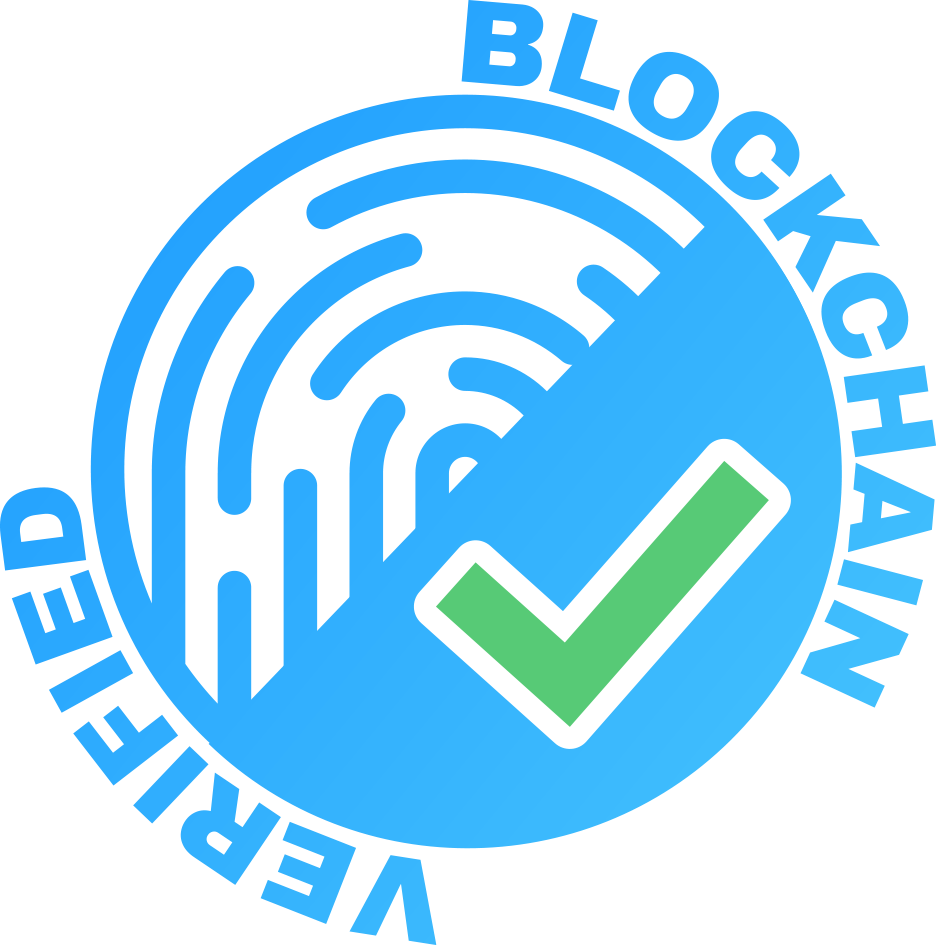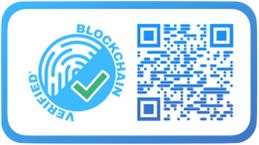As the NB-IoT (Narrowband IoT) and IoT markets continue to grow at an unprecedented rate, ensuring the authenticity and security of compliance documentation is becoming increasingly important. Regulatory bodies across the world demand that devices meet strict compliance standards to ensure safety, security, and reliability. However, the rise of sophisticated document fraud has posed a serious threat to this process, making traditional verification methods less effective.
In this evolving landscape, blockchain document authentication emerges as a cutting-edge solution. It provides a secure, transparent way to verify compliance documents, ensuring they remain tamper-proof and easily verifiable. In this article, we explore how blockchain technology guarantees document authenticity and the critical role it plays in ensuring compliance for both NB-IoT and IoT devices.
Why Document Fraud is a Growing Problem in IoT and NB-IoT Compliance
Compliance documents, including certification reports and test results, are crucial for gaining access to international markets. These documents prove that devices adhere to regulations set forth by bodies such as the FCC in the U.S., RED Directive in Europe, and other global regulators. For manufacturers of NB-IoT and IoT devices, ensuring compliance is mandatory to operate in markets around the world.
However, document fraud has become a growing issue, driven by the rise of advanced falsification techniques. Fake certificates and test reports can be easily created with modern digital tools, allowing bad actors to bypass regulatory hurdles. Fraudulent compliance documents can lead to untested and non-compliant devices entering the market, which poses a serious risk to consumers, industries, and public infrastructure.
In a world where NB-IoT and IoT devices are increasingly used in critical applications such as smart cities, healthcare, and industrial automation, the risks of document fraud are magnified. A counterfeit device that hasn’t passed proper certification could malfunction or be vulnerable to cyberattacks, leading to disastrous consequences. This makes securing compliance documentation more critical than ever.
How Blockchain Guarantees Document Authentication
To combat document fraud, Blockchain Verified uses blockchain technology to secure compliance documents. Blockchain provides a decentralized, immutable ledger that makes altering or forging documents virtually impossible. Let’s take a closer look at how this technology ensures document integrity:
1. Decentralized Ledger for Tamper-Proof Authentication
Blockchain operates on a decentralized system where compliance documents are stored across a network of nodes (computers). Unlike traditional centralized systems, where a single point of failure can be exploited, a decentralized blockchain makes it nearly impossible for any one entity to alter or forge a document without detection. This distributed nature of blockchain ensures that any attempt to alter a document would need the consensus of the entire network, providing a tamper-proof solution.
2. Cryptographic Hashing for Document Integrity
When a compliance document is uploaded to the blockchain, it is subjected to cryptographic hashing. This process creates a unique digital fingerprint (hash) for the document. Even the slightest change to the document would generate a completely different hash, signaling tampering immediately. This ensures that any attempt to alter the document after it has been stored on the blockchain will be detected.
3. Immutability and Transparency
One of the most powerful features of blockchain is its immutability. Once a document is recorded on the blockchain, it cannot be altered or deleted. This makes it a perfect solution for ensuring the long-term integrity of compliance documents. Furthermore, blockchain provides complete transparency, allowing any authorized party to view the document’s entire history, including when and by whom it was uploaded. This transparency fosters trust between manufacturers, regulators, and end-users.
4. Real-Time Verification
Another significant benefit of blockchain is its ability to provide real-time document verification. With Blockchain Verified, stakeholders can verify the authenticity of compliance documents instantly through a QR code or digital link. This process eliminates the delays associated with traditional document verification methods, streamlining compliance workflows and providing immediate assurance of document integrity.
The Importance of NB-IoT Compliance Standards
NB-IoT is a crucial technology for low-power, wide-area networks (LPWANs), enabling devices to communicate over long distances while consuming minimal energy. It is particularly important for applications such as smart cities, industrial IoT, utilities, and agriculture. Devices that comply with NB-IoT standards can operate efficiently within regulated frequency bands, ensuring interoperability and security.
However, ensuring compliance with NB-IoT standards requires rigorous testing and certification processes. For manufacturers, compliance documents are key to demonstrating that their devices meet these stringent requirements. By integrating blockchain document authentication into the compliance process, manufacturers can safeguard the authenticity of their reports, reducing the risk of fraud and enhancing trust with regulatory bodies and customers.
Challenges in Traditional Compliance Document Verification
In the past, compliance documents were verified using traditional methods, such as PDF-based certificates and attestation letters. These methods, while effective for a time, have proven vulnerable to forgery and tampering. As a result, fraudulent certificates have slipped through the cracks, undermining the entire regulatory system.
The rise of IoT and NB-IoT has made it even more challenging to manually verify compliance documents. With billions of connected devices entering the market, regulators and manufacturers need faster, more secure methods of verification. Blockchain provides a solution by automating much of the verification process, ensuring that compliance documents are legitimate and have not been altered.
How IoT Consulting Partners Can Assist
At IoT Consulting Partners, we offer comprehensive compliance solutions designed to meet the needs of modern IoT and NB-IoT manufacturers. Our services include Blockchain Verified technology, which ensures that every compliance report we deliver is authentic and secure.
When you partner with us, you can rest assured that your compliance documents will be tamper-proof, verifiable, and ready for global regulatory bodies. Each report we provide features the Blockchain Verified logo, which serves as a guarantee of document integrity. Whether you’re navigating the complexities of NB-IoT compliance or seeking certification for broader IoT devices, our team is here to ensure that your documentation meets the highest standards of security and reliability.
For more information on how Blockchain Verified can protect your compliance documents, contact use directly or visit www.blockchain-verified.com.

|
Do You Have Questions? Schedule a Free Consultation Now! |

|
Q&A: Blockchain for NB-IoT and IoT Compliance
Q1: What is blockchain document authentication?
A: Blockchain document authentication is the process of using blockchain technology to secure and verify compliance documents. It ensures that documents, such as certification reports, cannot be tampered with or altered after they are stored on the blockchain.
Q2: Why is blockchain important for NB-IoT compliance?
A: Blockchain guarantees the integrity of compliance documents, which is crucial for securing the certification of NB-IoT devices. By using blockchain, manufacturers can ensure that their reports are tamper-proof and trusted by regulators.
Q3: How does Blockchain Verified work?
A: Blockchain Verified uses a decentralized ledger to store documents. Each document is given a unique cryptographic hash that acts as a digital fingerprint. Any attempt to alter the document after it has been recorded on the blockchain will result in a different hash, signaling tampering immediately.
Q4: How can IoT Consulting Partners help with compliance?
A: At IoT Consulting Partners, we provide full compliance services, including blockchain-based document authentication. Our reports feature the Blockchain Verified logo, assuring regulatory bodies that the document is authentic and has not been altered.
Q5: What are the benefits of real-time verification?
A: Real-time verification allows stakeholders to instantly confirm the authenticity of a compliance document through a QR code or digital link. This speeds up the compliance process and provides immediate assurance that the document is legitimate.


